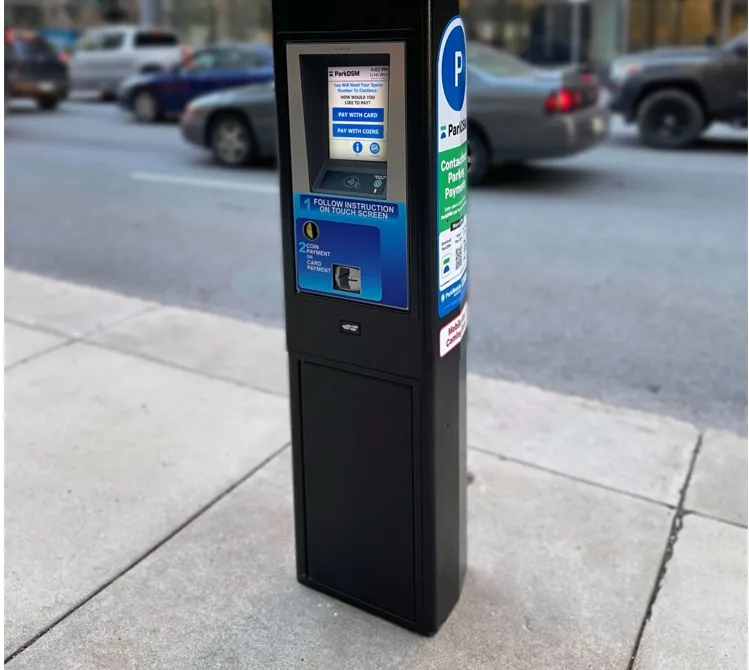PayByPhone, an international provider of systems for parking and urban mobility payments, has announced Ottawa as the latest major North American city to implement its popular cell phone payment method for parking. PayByPhone parking allows drivers to pay for and extend their parking time using a mobile app, online, or calling a local phone number. Ottawa is the first Canadian city to incorporate near field communication (NFC) and QR code features for its parking payments.
April 30, 2012
Read time: 2 mins
“We’re pleased to be the first Canadian city to offer a NFC option to PayByPhone users,” said Ottawa Mayor Jim Watson. “The City of Ottawa is always looking at ways to provide better service to our residents, and PayByPhone is another way we’re doing that.”
Every Pay & Display machine in Ottawa has a PayByPhone sticker with instructions on how use the system. Embedded in that sticker is an NFC tag with the location number of the Pay & Display machine. Once signed up, customers who have an NFC compatible smartphone simply wave it over the logo on the sticker and the PayByPhone app or mobile web page is launched. The system recognises the user, identifies the parking location, and the customer enters the amount of time desired. An optional text message is sent five minutes before the parking session ends, and if needed, allows additional time to be purchased via the phone.
Drivers without NFC capable phones can still use the service by manually launching the app or simply calling the local number. The signs also contain QR codes for a mobile web transaction.










